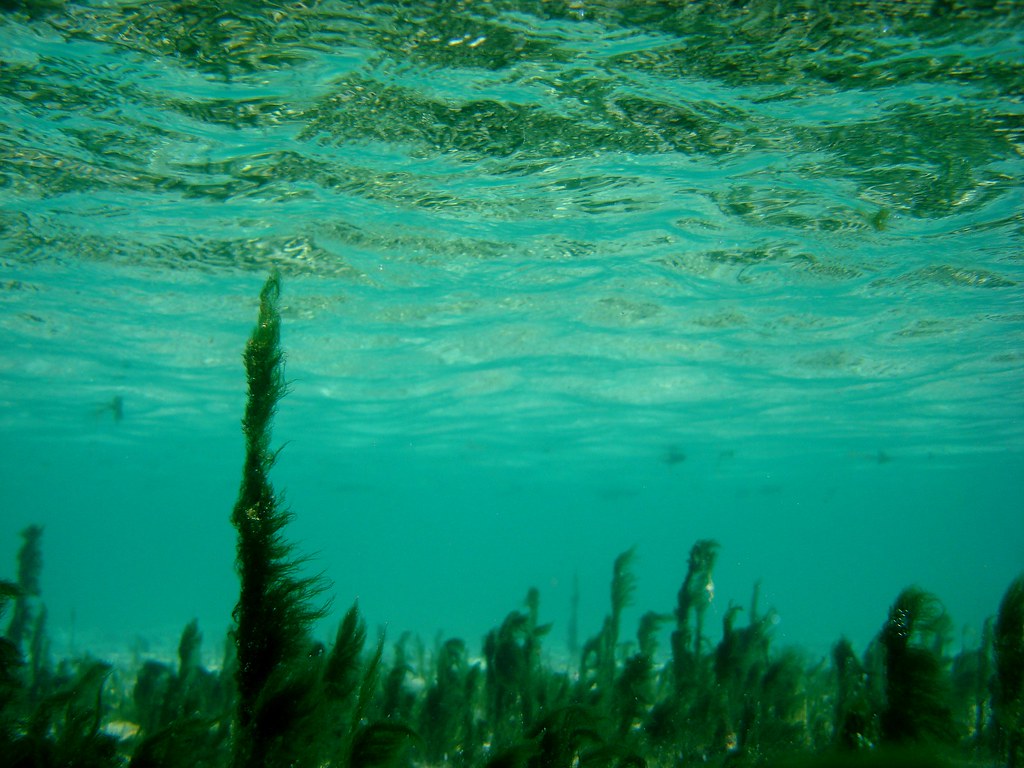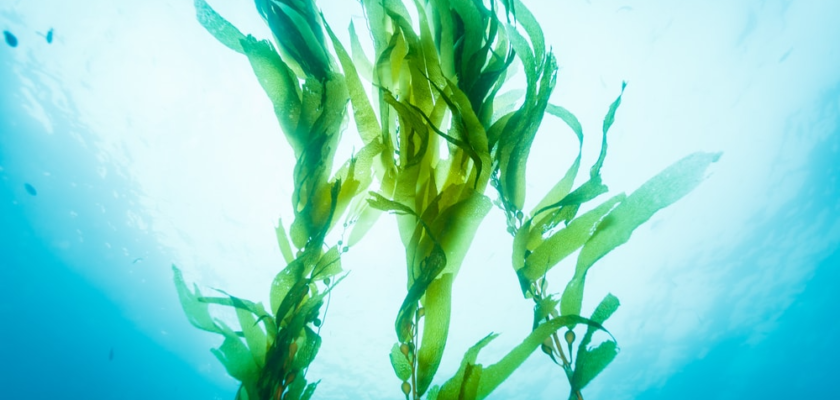Algae Facts tell the readers about a group of photosynthetic organisms. The members of the group are not closely related to each other. It contains the multicellulars forms and unicellular forms. The former one includes giant kelp, which has the length of 50 meters. The latter one includes Chlorella and diatoms. The tissues and cells of algae are different from the land plants since they are autotrophic and aquatic. Let us find out other interesting facts algae below:
The Study
Many scientists have been interested to study about algae since the 19th century.
The Number Of Seaweed
The number of seaweed from cost of KwaZulu-Natal is around 212 species. The western coastline of South Africa is a home for 400 seaweed species.
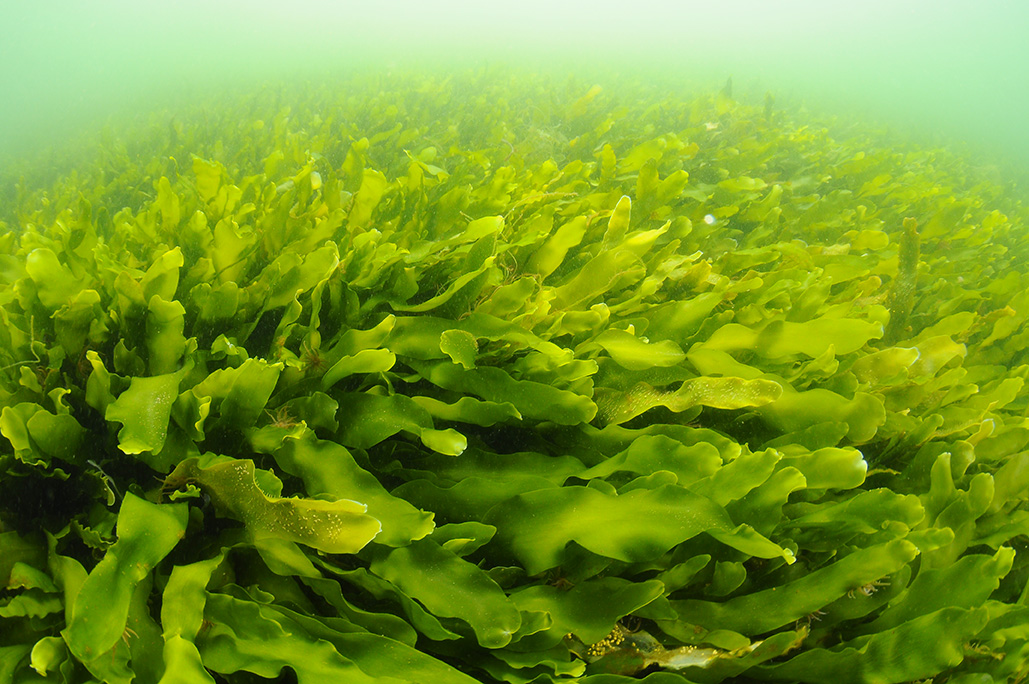
The Number Of Species
In United Kingdom, there are 20,000 algal species according to UK Biodiversity Steering Group Resort. Other reports believe that there are 5,000 species of algae.
Symbiotic algae
Algae forms symbiotic relationship with other organisms. The host will protect the algae while they give organic subtracts from the photosynthesis.
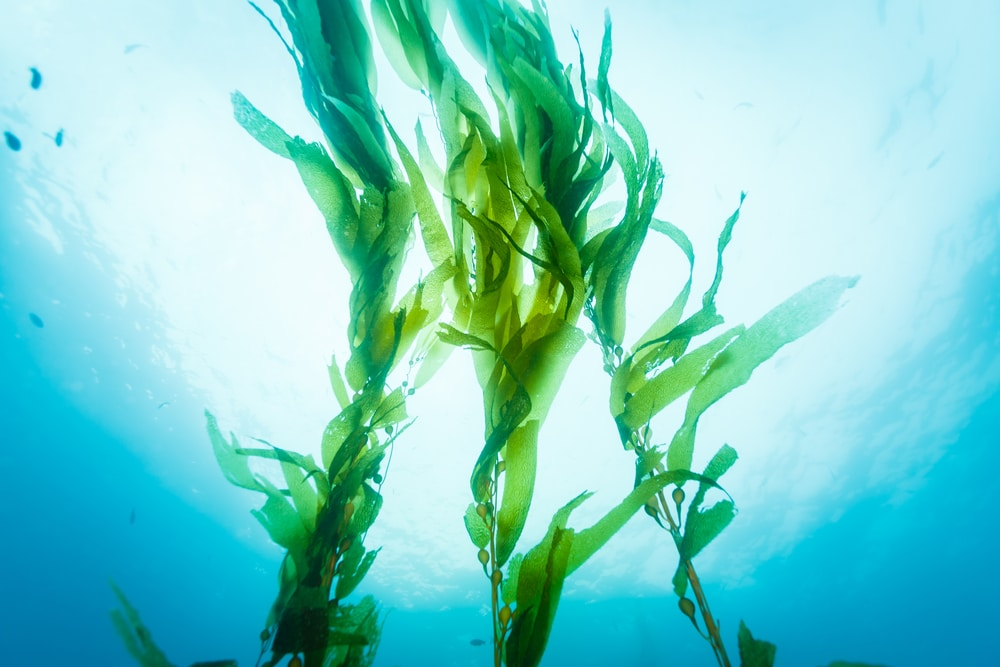
Where to find algae
Algae are mostly spotted in the bodies of water. The ice and snow environment may also contain algae in unusual condition. Navicula pennata is spotted living at the water depth of 1,180 feet or 360 metres. The shallow marine water inhabits the depth of 330 feet.
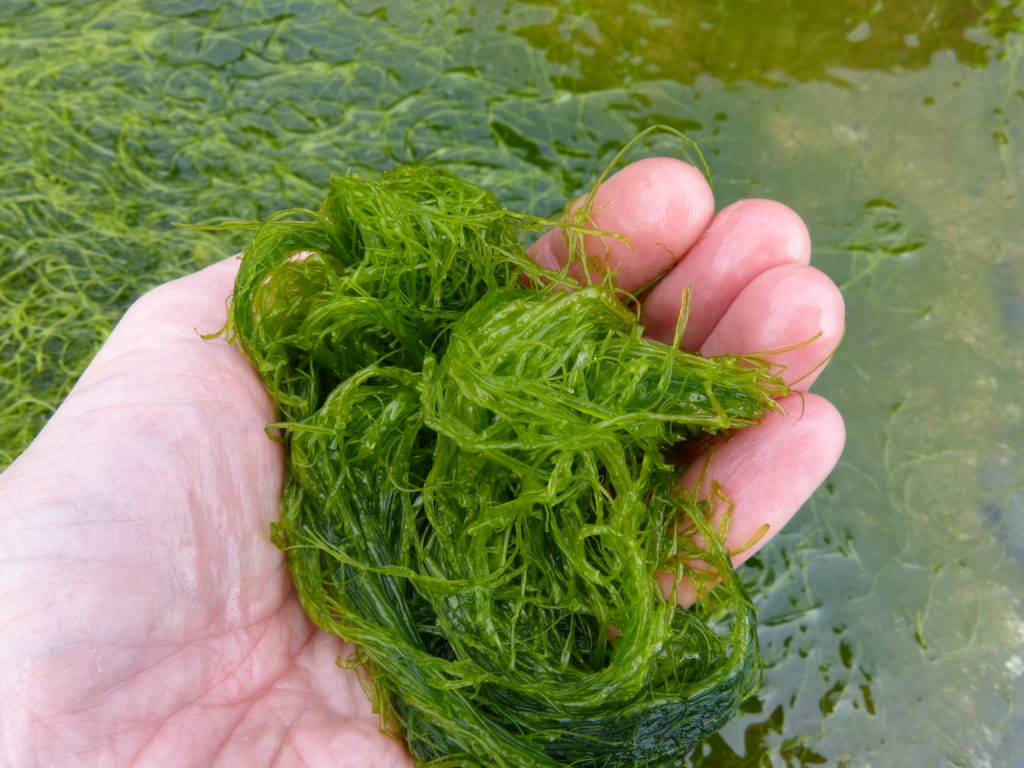
Seaweeds
Seaweed is a type of algae. It is a good example of the most complex and largest marine algae. Charophyta is considered as the most complex freshwater algae.
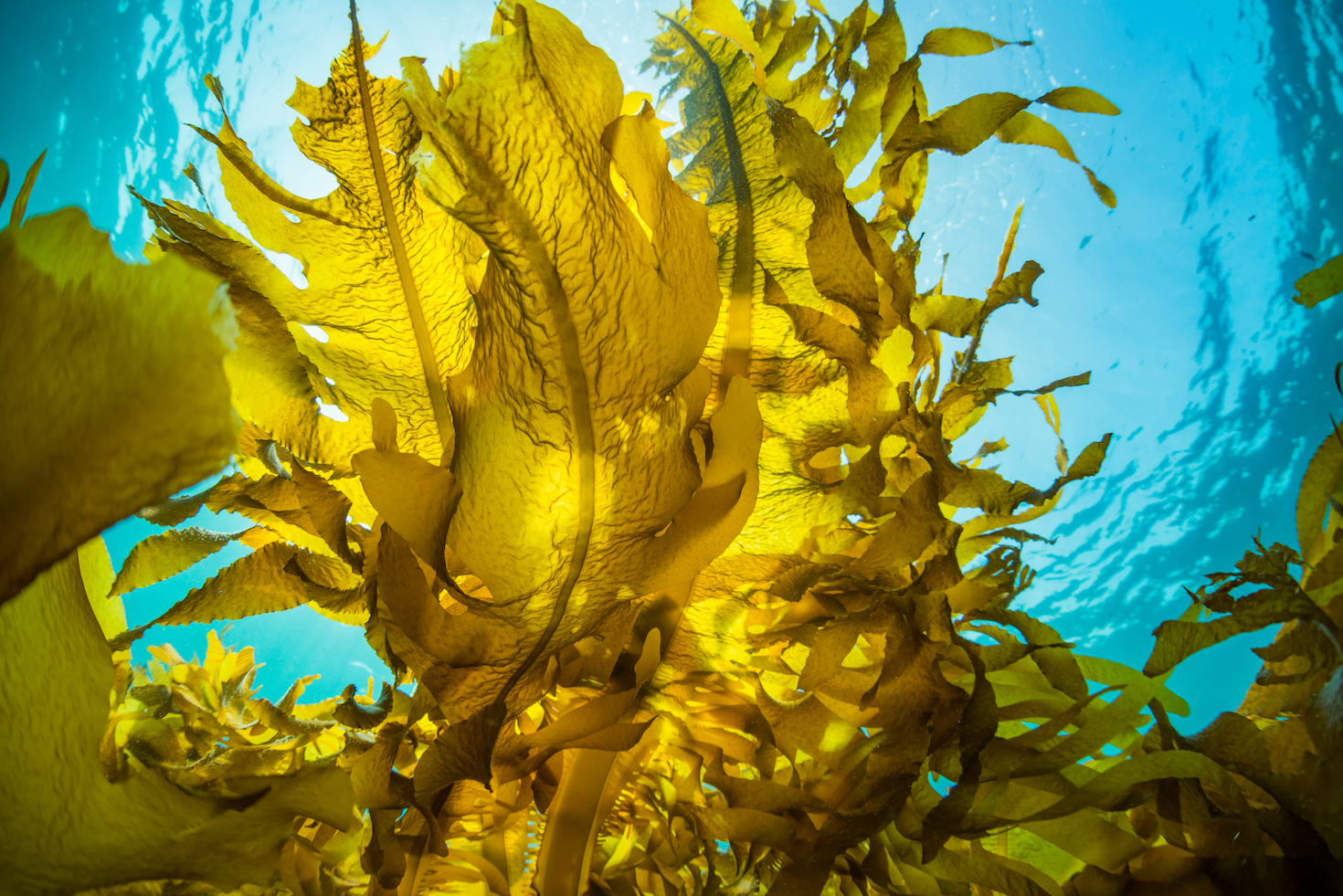
Green algae
Green algae are different from brown algae and diatoms. The former one got its major chloroplast from edosymbiotic cyanobacteria. On the other hand, the former two ones have the secondary chloroplast from red alga.

Reproduction
The reproduction process of algae comes in a number of processes. They may perform the complex sexual reproduction or a simple asexual cell division.
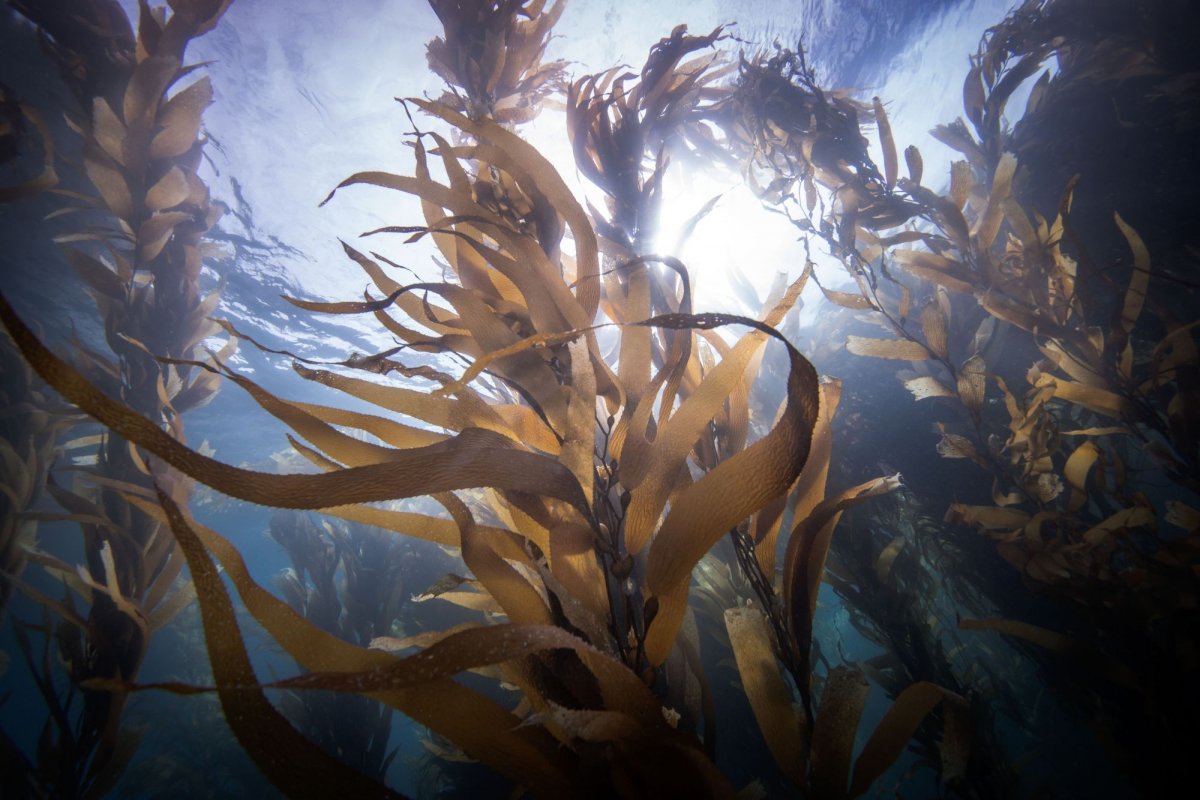
Estimation
The scientists can only make an estimation related to the number of algae. They believe that the number of red algae in the world is around 5,000 to 5,500 species.
